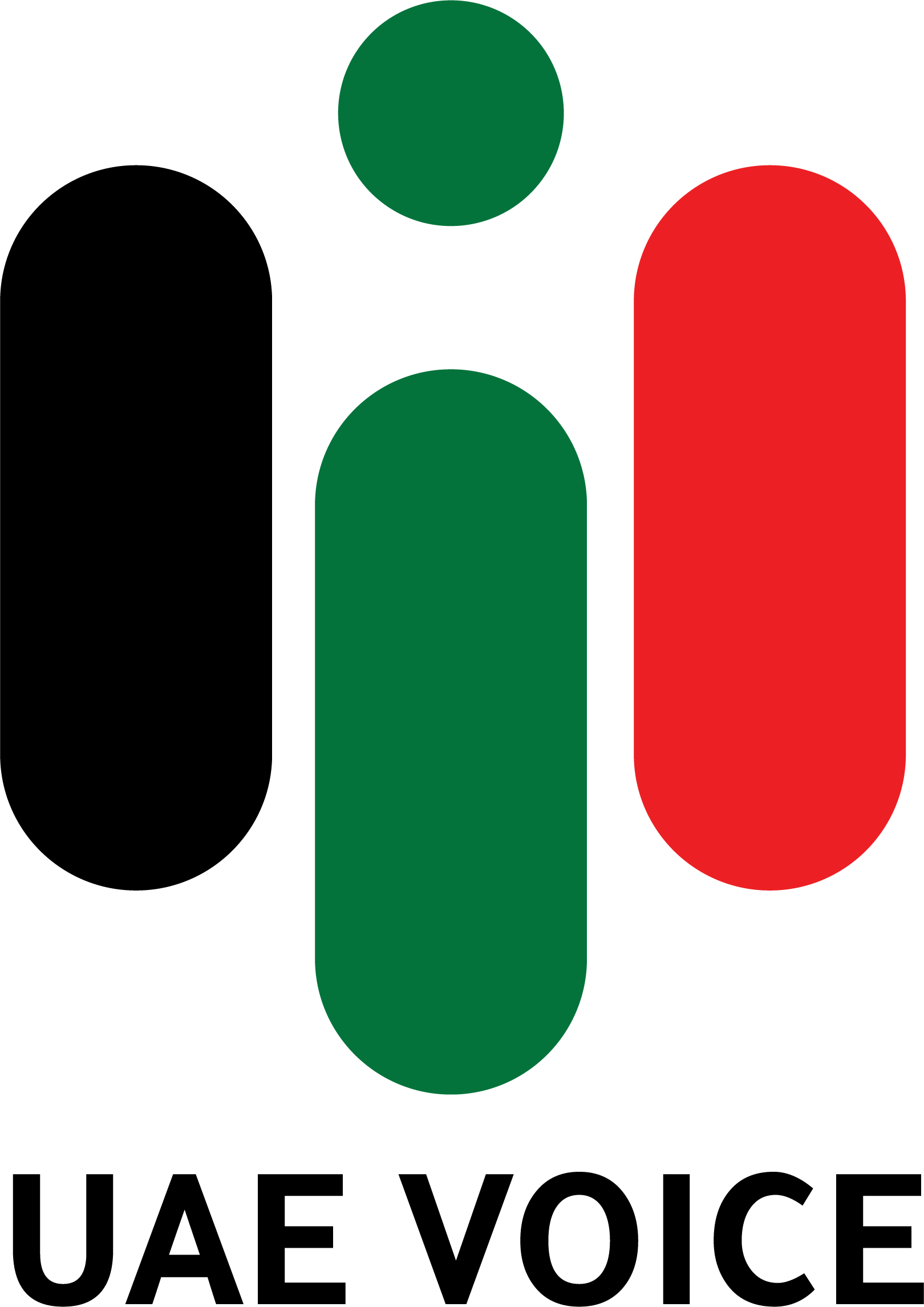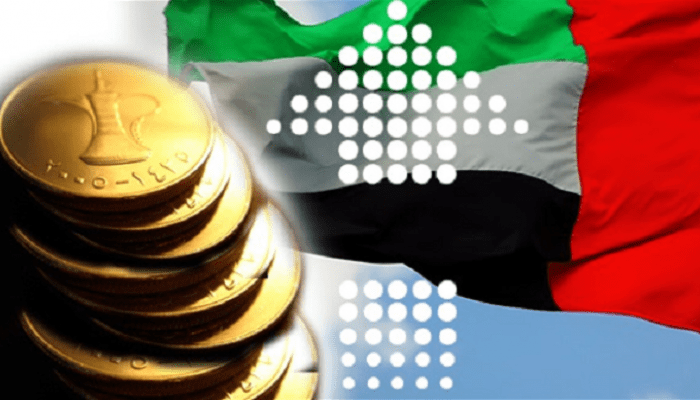The Central Bank of the UAE stressed that the UAE economy is the most able in the Gulf region to face the repercussions of the coronavirus pandemic, and the decline in low oil prices, thanks to its diversification, increase in its non-oil exports and adequate liquidity.
The UAE economy is worthy to overcome challenges

The audit report for the first quarter of this year issued by the bank concluded yesterday that the UAE economy will witness the recovery phase during the second half of 2020.
Stressing that the economic support programs and incentives decided by the federal and local and central governments, which cost 283 billion dirhams, will have a significant positive impact on employment, credit and real estate prices, especially with a positive impact on public sentiment once the pandemic risks are controlled.
The report pointed out that, according to the latest statistics, the country’s economy is the most diversified economy in the Gulf Cooperation Council region, as it recorded the highest share of non-oil GDP, compared to the total rate of 70.2% last year.
The UAE economy recovers in the second half of 2020
Good options
The report noted that the UAE economy is currently more able to absorb the shock of low oil prices, pointing out that although the International Monetary Fund estimates that oil prices this year will reach about 35.6 dollars per barrel, while the estimated parity price in public finance is 67.1 dollars, it is certain that the decrease in the sovereign government debt in the UAE, which amounts to 20% of the 2019 output, will provide good options for financing the budget deficit (if it occurs), by borrowing without this posing a significant risk to the continuity of the fiscal year, and there will be no need to The short term is a major correction to maintain the pace of government spending, and the government can benefit from good credit ratings and a low debt burden to diversify funding sources.
He pointed out that in the event that the oil price shock continues for a long time, this calls for making adjustments to non-oil revenues or government expenditures to ensure the continuity of fiscal conditions, however, the timing of financial reforms will be crucial to achieving the required balance between the continuity of fiscal conditions and the recovery of non-energy related growth.
The Central Bank stressed that the UAE economy is the most diversified in terms of exports in the Gulf Cooperation Council region, pointing out that hydrocarbon products amounted to 18% of total exports last year, where data indicate that 29% of UAE non-oil exports, and 24% of their re-exports products, Returns to the countries of the Gulf Cooperation Council.
Therefore, the impact of lower oil prices and lower demand in the major importing countries can be important for Emirati non-oil exports and their re-exported products. The bank expected the UAE’s average oil production to reach 2.984 million barrels per day during 2020, in line with the OPEC + agreement.
Surplus gap
The report pointed out that the parity price in the state’s external current account is 31 dollars per barrel, which is lower than the expected price for the current year from the International Monetary Fund and crude oil futures contracts, noting that the decrease in the current account surplus gap with the decline in exports, may reserve the reserve from Foreign currencies at the Central Bank, which amounted to 393.9 billion dirhams, at the end of the fourth quarter of last year, knowing that the bank has excess liquidity.
The report emphasized that the UAE government showed a great commitment to take all necessary measures immediately to mitigate the impact of the Coronavirus pandemic on the economy, noting that the total packages and incentive measures amounted to 283 billion dirhams, of which 256 billion belong to the central bank, 16 billion to the federal government, and 9 billion For the government of Abu Dhabi, 1.5 billion for the government of Dubai, and 50 million for the government of Ras Al Khaimah.
The federal and local governments also launched many initiatives to support the economy, including subsidies, exemptions from fees, discounts, and liquidity injections, ensuring the survival of the most affected entities during the economic turmoil. The government has also taken many measures to safety consumer markets and to ensure the supply of goods without interruption.
Strong growth
The report of the Central Bank on the registration of employment in the private sector during the first quarter of this year, strong growth of 2% on an annual basis, and the job market created about 64 thousand new jobs during it. The bank stressed that the negative developments in the macroeconomy of the UAE due to the Coronavirus by the end of the first quarter of 2020 were not reflected in the labor market.
As employment increased in the private sector, according to the data of the Ministry of Human Resources and Emiratisation, which is based on data from work permits, registering a growth of 1.3% on a quarterly basis, and 2% on an annual basis, compared to an increase of 0.3% and 2% respectively in the previous quarter.
What is confirmed by the quarterly statistics?
The report showed that foreign workers ’remittances in the UAE to their countries of origin increased to 41.4 billion dirhams at the end of the first quarter of this year, compared to 38.4 billion dirhams for the first quarter of last year, an increase of 3 billion dirhams, with a growth of 7.8%.
The Emirates Central Bank confirmed that the increase in personal transfers for expatriate workers in the Emirates during the first quarter through the monthly data for January, February and March provides strong evidence that the effects of the Corona pandemic have not affected the amount of money transferred from expatriates to their home countries until now.
The report indicated that the first quarter of this year witnessed a rise in the exchange rate of dirhams in nominal terms on an annual basis and on a quarterly basis; Because of the high exchange rate of the dollar, noting that it is in real terms the actual exchange rate of dirhams and the price that takes into account the difference in inflation between the state and its trading partners.
The exchange rate of the dirham decreased 0.2% on a quarterly basis, and 1.7% on an annual basis, compared to a decrease of 1.6% and 3.3% respectively in the previous quarter, and the decrease in the real effective exchange rate came as a result of the continued decline in prices in the UAE, which Restrict the rise in the nominal exchange rate of dirhams.
Financial inclusion
The report of the bank included the results of a survey conducted by the Central Bank on financial inclusion. The sample consisted of 5134 residents, between 15 and more years from the Emirates, including students and individuals from low and middle income. The results confirmed that 85% are users of at least one official financial service, and 15% cannot access formal financial services, and 61% have a bank account, which is lower than the global average (69%).
20% reported that they did not apply for a bank account, 19% applied and did not meet the requirements, either because they were without work or had insufficient income, 29% obtained credit or borrowed money from official financial institutions, 57% had insurance, and 69% had With or receive external transfers, 39% don’t have bank accounts from remittance service users.





